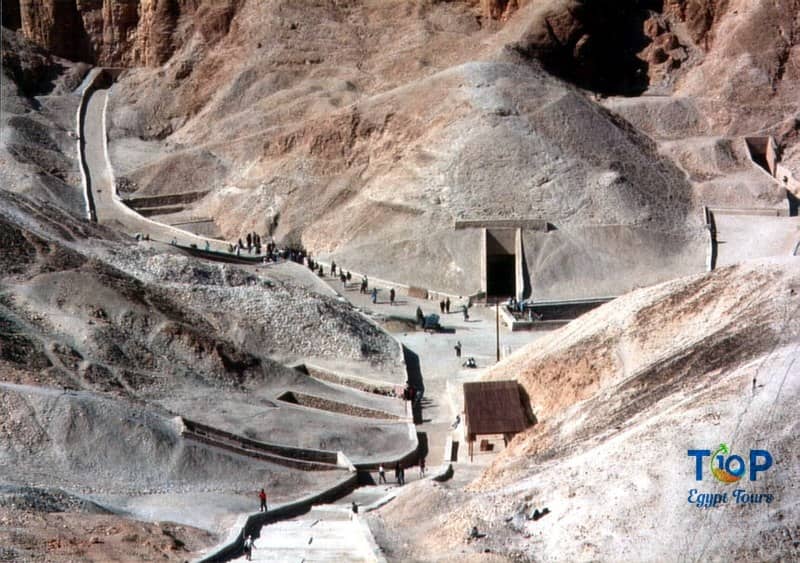Unveiling the Secrets of the Valley of the Kings: A Journey through Ancient Thebes
Welcome to the mesmerizing world of Ancient Thebes, where history whispers through the winds of the Nile. In this enchanting journey, we delve into the heart of Egypt’s past, uncovering the secrets and marvels hidden within the Valley of the Kings. Join Top Ten Egypt Tours as we guide you through the sacred tombs that once cradled the pharaohs of Ancient Egypt.
The Historical Significance
Situated on the west bank of the Nile River, the Valley of the Kings holds immense historical significance. This royal burial ground served as the final resting place for Pharaohs and powerful nobles during the New Kingdom period, roughly spanning from the 16th to the 11th century BC. The valley is renowned for its remarkable preservation of intricate tombs, hieroglyphics, and stunning artifacts.
Exploring the Tombs
1. Tutankhamun’s Tomb
Undoubtedly, the most renowned tomb in the Valley of the Kings is that of Tutankhamun, the boy king who ascended to the throne at the age of nine. Discovered in 1922 by British archaeologist Howard Carter, Tutankhamun’s tomb remains an unparalleled archaeological marvel, revealing a treasure trove of artifacts that offer a glimpse into the opulence of royal life in ancient Egypt.
2. Ramesses VI Tomb
Venture further into the valley to explore the tomb of Ramesses VI. Known for its intricate hieroglyphics and vivid wall paintings, this tomb offers a glimpse into the religious beliefs and rituals of the time. Marvel at the detailed depictions of the pharaoh’s journey to the afterlife.
3. Tomb of Khaemweset
One of the lesser-known tombs in the Valley of the Kings is that of Khaemweset, who served as chief minister to Ramesses III. This tomb is significant because it provides insight into the daily life and beliefs of ordinary Egyptians during this time period. The walls are decorated with scenes depicting agriculture, hunting, and other activities, as well as religious scenes and hieroglyphics.
4. Hatshepsut’s Temple
While not within the Valley of the Kings, a visit to Hatshepsut’s Mortuary Temple is a must. This remarkable structure pays tribute to one of Egypt’s few female pharaohs, Queen Hatshepsut. Learn about her reign and the architectural marvels that define her legacy.
The Ancient Egyptian Beliefs
The Valley of the Kings reflects Ancient Egyptian beliefs in the afterlife. The intricate decorations within the tombs depict the pharaoh’s journey through the underworld, emphasizing the importance of rituals and preparations for the eternal life that awaited them.
Preservation Efforts
Witness the ongoing efforts to safeguard the tombs for future generations through modern preservation techniques, including controlled visitor access, digital scanning, and documentation.
Visiting Tips
- Guided Tours: Enhance your experience with a knowledgeable guide who can provide insights into the historical and cultural significance of each tomb.
- Timing and Tickets: Plan your visit during the cooler months, and consider purchasing tickets in advance to avoid long queues.
- Respect and Conservation: Help preserve this heritage site by respecting the rules and guidelines provided by the authorities. Avoid touching the delicate surfaces and artifacts.
As you stand amidst the grandeur of the Valley of the Kings, you’ll find yourself transported through time. Ancient Thebes and its royal necropolis are testaments to the enduring legacy of a civilization that revered life after death. Let Top Ten Egypt Tours be your guide as you embark on this unforgettable journey through the sacred tombs of pharaohs and the mysteries of the past. Unearth the wonders of Ancient Thebes – a timeless experience that transcends borders and connects you with the heart of Egypt.



Comment (0)